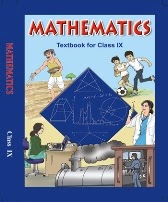Solved Exercises | Chapter 11. The Human Eye and the Colourful World |Science | CBSE Class 10th
Question 1. The human eye can focus objects at different distances by adjusting the focal length of the eye lens. This is due to(a) presbyopia.
(b) accommodation.
(c) near-sightedness.
(d) far-sightedness.
Answer. (b) accommodation.





